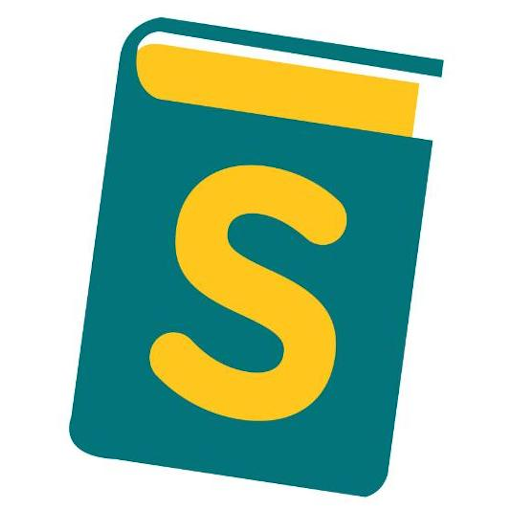Analyzing Enrollment Disparity at Makerere University: Science vs. Arts Programs
The enrollment patterns over years for private Admissions at Makerere University have raised interesting questions regarding the disparity between admissions in science-related programs and arts-related programs.
This blog post aims to delve into the possible factors contributing to this trend and shed light on the dynamics shaping students' choices.
Student Preferences and Aspirations: One significant factor that may influence the observed disparity is the preferences and aspirations of students. It is plausible that a larger proportion of students entering Makerere University have a personal inclination towards arts disciplines. The creative and expressive nature of arts programs may resonate more with their interests and career aspirations.
Availability of Science Programs: The availability of science programs at Makerere University could play a role in the enrollment disparity. It is conceivable that the university offers a more limited range of science programs compared to arts programs. As a result, the pool of science-related admissions may be smaller due to the relatively fewer opportunities for students in this field. Limited laboratory equipment and fewer lecturers in the science departments might also contribute to this limitation.
Admission Criteria and Competition: Another contributing factor could be the admission criteria for science programs, which often require a strong foundation in mathematics and science subjects. The competitive nature of these programs may result in more rigorous entry requirements, leading to a smaller number of admissions. In contrast, arts programs may have more flexible admission criteria for example, "any best two done of all", attracting a larger pool of applicants.
Educational Background and Exposure: The deeper data reflects the educational background of applicants. A higher proportion of students completing their secondary education focused on arts-related combinations, leading to a greater interest in pursuing arts programs at the university level. This disparity in educational backgrounds could influence the number of admissions in arts-related disciplines.
Perceived Job Opportunities: Perceived job opportunities and career prospects may also contribute to the enrollment disparity. Students may believe that arts-related fields offer more lucrative and promising employment prospects, influencing their program choices. Cultural norms, market trends, and the visibility of successful individuals in arts-related careers can shape students' perceptions of job opportunities. The President of Uganda, Yoweri Kaguta Museveni is on record praising and advocating for a pay rise in Scientists salary a move that has since changed this narative.
Way Forward: To address the enrollment disparity between science and arts programs at Makerere University, several strategies can be considered:
-
Diversifying Science Programs: The university can explore expanding the range of science programs offered, catering to a broader array of scientific interests with visible job opportunities and relevant in current world. This would provide more opportunities for students interested in science-related disciplines.
-
Improving Resources and Facilities: Enhancing laboratory equipment and hiring more lecturers in science departments would allow for larger enrollment capacity and better support for science programs. This would make science programs more attractive and accessible to prospective students.
-
Promoting Awareness: Initiating campaigns and workshops to educate students about the benefits and potential career paths in science-related fields could help dispel misconceptions and increase interest in these programs.
-
Revisiting Admission Criteria: Evaluating the admission criteria for science programs and ensuring they are fair and transparent can encourage more students to pursue these disciplines. Providing support systems, such as bridging courses or preparatory programs, can also help students meet the required standards. For example, having the bridging courses for those that failed to get 2 principal passes at A-Level
For more of such, Mail us at support@schooolsuganda.com

